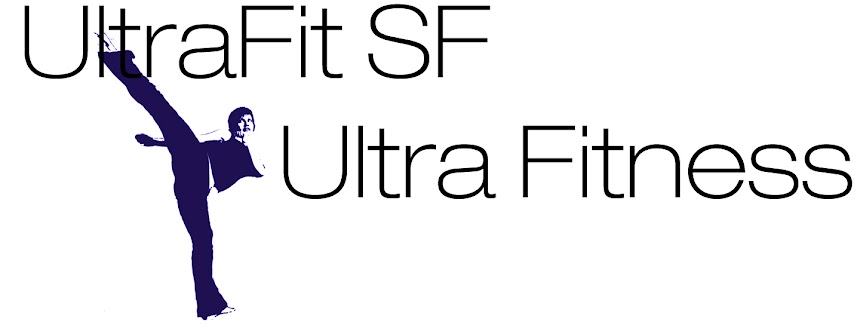
Workout Summary
Intermediate
Fat Loss
2
Full Body
Designed By:
M&S Writers (Muscle & Strength)Description of Workout:
This is a 2 day full body workout aimed at those individuals wanting fat loss and muscle tone. This routine was put to the test and after 4 weeks the clients actually loss fat (some 8 to 9 pounds) while gaining lean muscle mass (some 8 to 12 pounds).
The routine is designed for NO rest time in between exercises with 5 minute cardio sessions. Toughness of the routine will depend on the intensity of reps and cardio performed.
For optimal results, one should add cardio in an additional 2 days a week and be on a calorie deficient diet.
| Fat Loss & Tone Workout - Day 1 | ||
| Exercise | Sets | Reps |
| Sandbag Situps | 1 | 50 |
| Oblique Crunches (each side) | 1 | 30 |
| X Lunges holding dumbbells | 1 | 30 each leg |
| 5min Cardio (Eliptical or Tredmill) | ||
| Exercise | Sets | Reps |
| Preacher Curl (machine or free weight) | 1 | 30 |
| Seated Calf Raises | 1 | 30-50 |
| Jumping Lunges | 1 | 30 each leg |
| 5min Cardio | ||
| Exercise | Sets | Reps |
| Shoulder Press Machine | 1 | 30 |
| Tricep Machine | 1 | 30 |
| Seated Leg Curls | 1 | 30 |
| 5min Cardio | ||
| Exercise | Sets | Reps |
| Inner Leg Machine | 1 | 30-50 |
| Assisted Pull Ups | 1 | 30 |
| Lunges | 1 | 30 |
| 5min Cardio | ||
| Exercise | Sets | Reps |
| Leg Raises | 1 | 30 |
| Jump Rope | 1 | 1.5mins |
| Smith Machine Pull Ups | 1 | 30 |
| 5min Cardio | ||
| Exercise | Sets | Reps |
| Mountain Climbers | 1 | 30 |
| Push Ups on Smith Machine Barbell | 1 | 30 |
| Outer Leg raises on mat | 1 | 30 each leg |
| Butt Kicks (weighted) | 1 | 50 each leg |
| Fat Loss & Tone Workout - Day 2 | ||
| Exercise | Sets | Reps |
| Knee Raise | 1 | 30 |
| Rope Tricep Push down | 1 | 20-30 |
| Seated Rows | 1 | 20-30 |
| 5min Cardio (Eliptical or Tredmill) | ||
| Exercise | Sets | Reps |
| Outer Leg Machine | 1 | 30 |
| Leg Press | 1 | 20-30 |
| Standing Calf Raises | 1 | 30 |
| 5min Cardio | ||
| Exercise | Sets | Reps |
| Static Crunch | 1 | 1.5mins |
| Seated Ball Dumbbell Shoulder Press | 1 | 20-30 |
| Leg Extensions | 1 | 20-30 |
| 5min Cardio | ||
| Exercise | Sets | Reps |
| Muffin Tops | 1 | 30 each side |
| Lat Pull Down | 1 | 20-30 |
| Ball Chest Flys | 1 | 20-30 |
| 5min Cardio | ||
| Exercise | Sets | Reps |
| Rope Upright Rows | 1 | 20-30 |
| Standing on One Foot Hammer Curls | 1 | 10 each foot |
| Dumbbell Lat Raises | 1 | 20-30 |
| 5min Cardio | ||
| Exercise | Sets | Reps |
| Hyper-Extension | 1 | 30 |
| Plank (Hover) | 1 | To failure |
| Fireman Butt Kicks | 1 | 50 per leg |
Notes For This Workout:
Typical heart-rate should be 75-85% of max heart-rate. This is a tough routine, so start yourself off easy and increase the intensity as capable.
- Jumping Lunges are done without weight.
- Butt Kicks are done with 10lb ankle weight on each leg.
- Muffin Tops should be completed with 25lb weight min.
- IF you have a friend, during static crunch (torso should be 45 degrees to floor) have him play “catch” with a 5 to 8 pound medicine ball. Tossing over head (where client has top reach above his head to catch it) adds a little extra “kick” to this exercise.


 Author:
Author: 






